How Is the US Banking Crisis Affecting the Gold-Mining Industry?

6 minutes for reading
The crash of Silicon Valley Bank triggered customer mistrust of regional banks which resulted in a substantial flow of funds to large financial institutions such as JPMorgan Chase & Co. (NYSE: JPM), Citigroup Inc. (NYSE: C), Wells Fargo & Co. (NYSE: WFC), and Bank of America (NYSE: BAC).
To reassure the public and keep banks from going bankrupt, the US Federal Reserve System (Fed) has begun lending to financial institutions. This practically marks the end of the Quantitative Tightening (QT) programme as the Fed's balance sheet increased from 8.3 trillion USD at the end of February to 8.78 trillion USD by 24 March.
The regulator is in a tricky situation: new interest rate hikes can aggravate the problems of financial organisations but a growth in the Fed's balance might lead to higher inflation. For now, it is difficult to forecast further developments: on the one hand, experts expect the banking crisis to get worse; on the other hand, there are concerns about rising inflation.
In such circumstances, there is a growing demand for protective assets, with people turning to bonds, gold which have never been seen as safe-haven assets before. One way to invest in gold is to buy shares in companies that mine or sell gold. Let’s take a look at two industry players, namely, Franco-Nevada Corporation (NYSE: FNV), and Wheaton Precious Metals Corp (NYSE: WPM). Judging by their financial performance presented below, they are in a stronger position than their competitors.
Company selection criteria
- Their shares are traded on US stock exchanges
- Their market capitalisation is more than 10 billion USD
- Their Quick Ratio is over 20
- Their Debt-to-Equity Ratio (Debt/Equity) is no more than 0.5
- Their Profit Margin is over 30%
Why these parameters are important
When the discount rate is high, new loans are given at higher interest. If a company’s Profit Margin is high, and the company has assets it can use to service debt and invest in production expansion, its market position can be considered stable. In case there is a fall in gold prices, such companies are likely to have a better chance of surviving the competition and increasing their market share.
Quick Ratio
Quick Ratio is the indicator of the company’s liquidity that demonstrates the issuer’s ability to pay off short-term liabilities from its own assets, including cash, securities, and accounts receivable.
If the indicator equals 1.0 or more, this usually means that the company has enough liquid assets to cover its current liabilities. A higher Quick Ratio shows that the company has a stronger liquidity position and can meet its short-term obligations.
Debt/Equity
Debt/Equity is a financial multiple used to assess a company’s leverage; it is the ratio of the company’s own funds and loaned capital. As a rule, the ratio of 1.0 or lower demonstrates a balance between the company’s assets and debt. The higher the value of the indicator, the more the company’s borrowed capital compared to its own funds; and the lower the value, the more the company’s assets exceed its debt.
Profit Margin
Profit Margin is a financial indicator of how efficiently the company uses its resources to generate profit. It is expressed as a percentage and considers all expenses, including indirect costs. The higher the profit margin, the more positive the signal for the investor.
Franco-Nevada Corporation
Franco-Nevada Corporation is a Canadian company founded in 1983 that invests in the extractive industry. It specialises in buying stakes in the production of gold, silver, platinum, and other metals mining. This business model creates the conditions for reducing the risks associated with independent metal production and increasing income by taking part in several projects simultaneously. In the structure of its revenues, the profit from gold sales amounts to 80%.
The capitalisation of Franco-Nevada Corporation at the time of writing had reached 37.71 billion USD, which is the highest figure in the segment. Note that the Average Quick Ratio of companies in the segment is 7.78, while the Quick Ratio of Franco-Nevada Corporation amounts to 27.6. Partially, such a high Quick Ratio is the result of having no debt burden.
Franco Nevada Corporation's Profit Margin is 53%, the second highest in this area at the time of writing. The profitability of the business allows the company to allocate part of its revenues to dividend payments, which in March 2023 amounted to USD 0.34 per share. The price of the corporation grew by 11.06% to 143.88 USD per unit from 8 March to 27 March inclusive,.
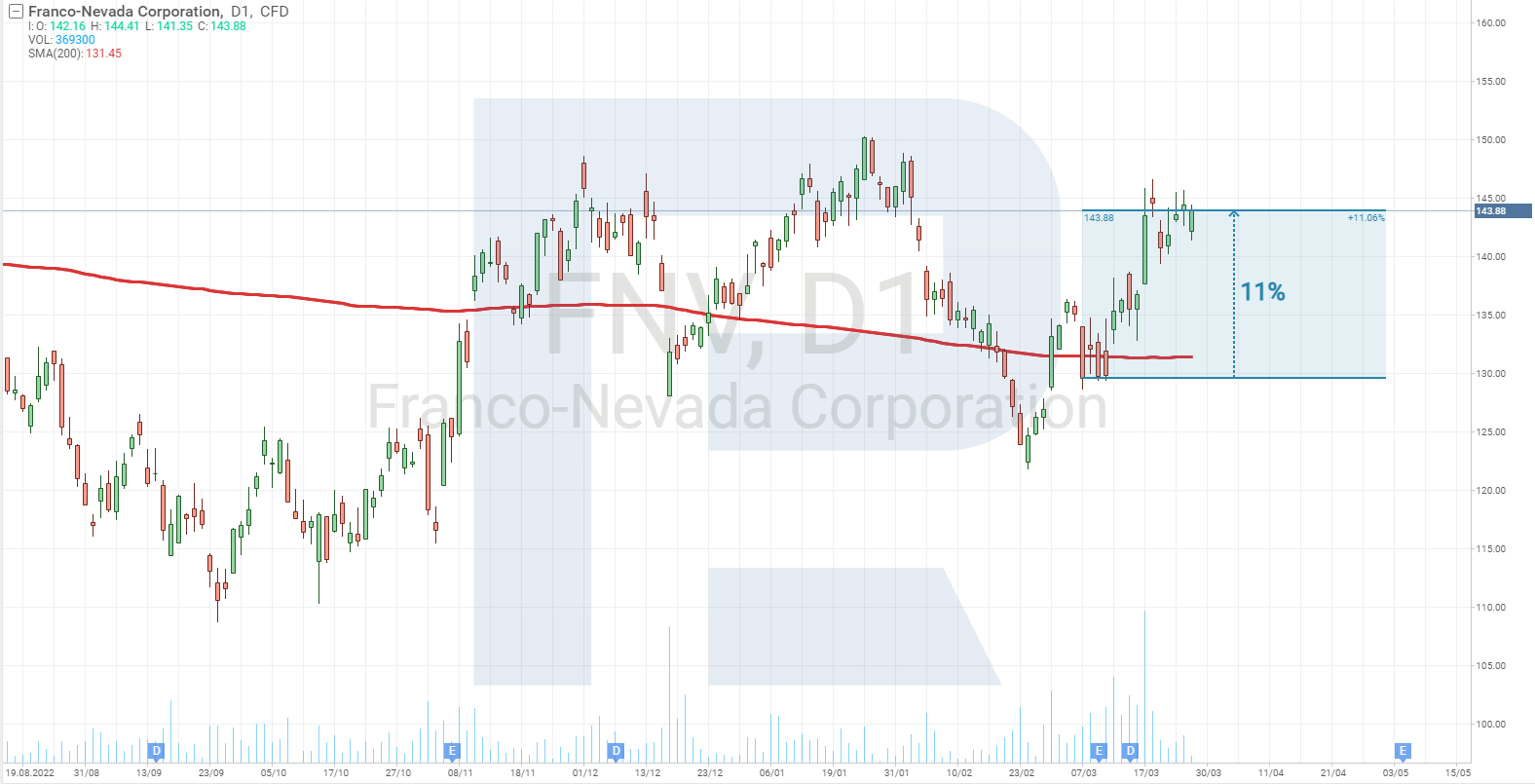
Wheaton Precious Metals Corp.
Wheaton Precious Metals Corp. is a Canadian company that specialises in investments in the mineral extraction industry. It was founded in 2004 and was called Silver Wheaton Corp. until 2017. It is headquartered in Vancouver, Canada.
The business model of Wheaton Precious Metals Corp. is based on acquiring the right to purchase a part of the minerals and gold produced by mining companies at a predetermined price. The corporation has existing agreements with a number of leading mining companies such as Barrick Gold Corporation (NYSE: GOLD), Vale S.A. (NYSE: VALE), and Newmont Corporation (NYSE: NEM).
The capitalisation of Wheaton Precious Metals Corp is 21.25 billion USD, and its Quick Ratio is 23.1, which is much higher than the industry average of 7.78. The company finances its activities entirely from its own resources and does not use any loaned capital. The profit margin has amounted to 62%, which was the record of the segment at the time of writing. Gold sales generate about 60% of the company’s revenue and selling silver accounts for almost 32%. From 8 to 27 March inclusive, its shares grew by 21.27% to 46.98 USD per unit.
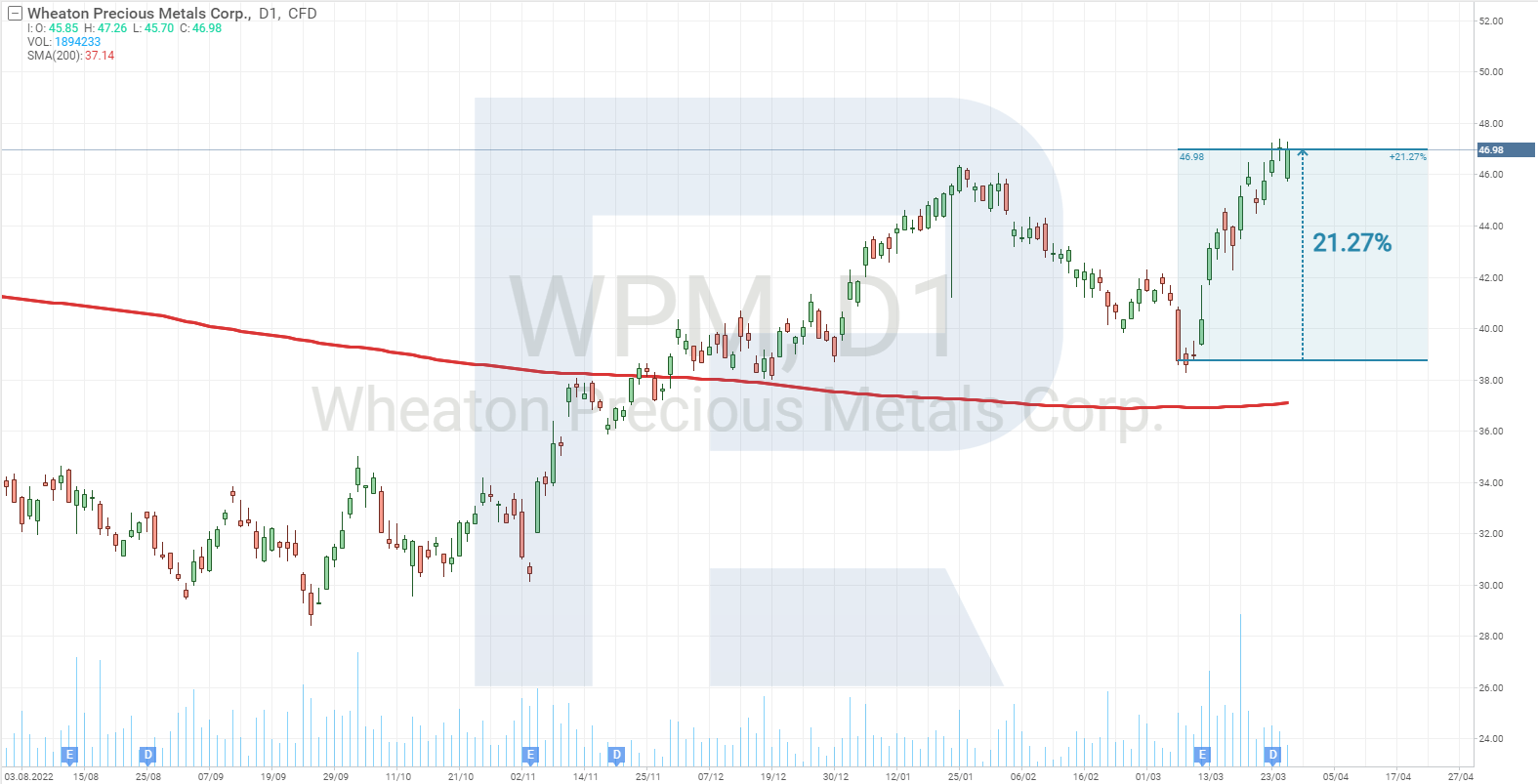
Summary
The US Federal Reserve System had a meeting on 22 March 2023, where it was decided to raise the interest rate by 0.25% to 5%. This shows that the regulator aims to control inflation. Moreover, the US Treasury Secretary Janet Yellen said there were no plans to introduce insurance of all deposits regardless of their size.
Given this information, we can assume that the risk of new turbulence in the banking sector remains high. This is likely to continue influencing the demand for protective assets positively, including gold and gold-related stocks.
* – Past performance is not a reliable indicator of future results or future performance.
The material presented and the information contained herein is for information purposes only and in no way should be considered as the provision of investment advice for the purposes of Investment Firms Law 87(I)/2017 of the Republic of Cyprus or any other form of personal advice or recommendation, which relates to certain types of transactions with certain types of financial instruments.
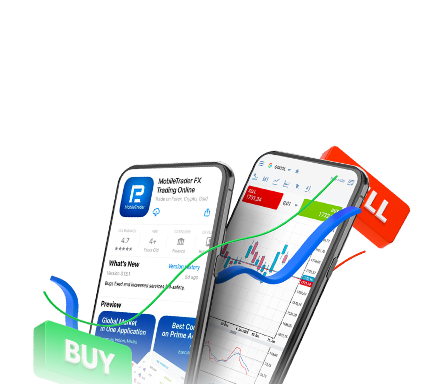


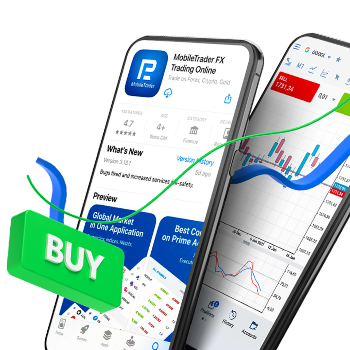



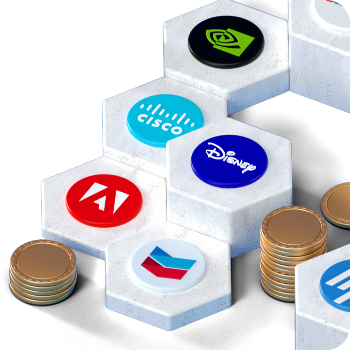




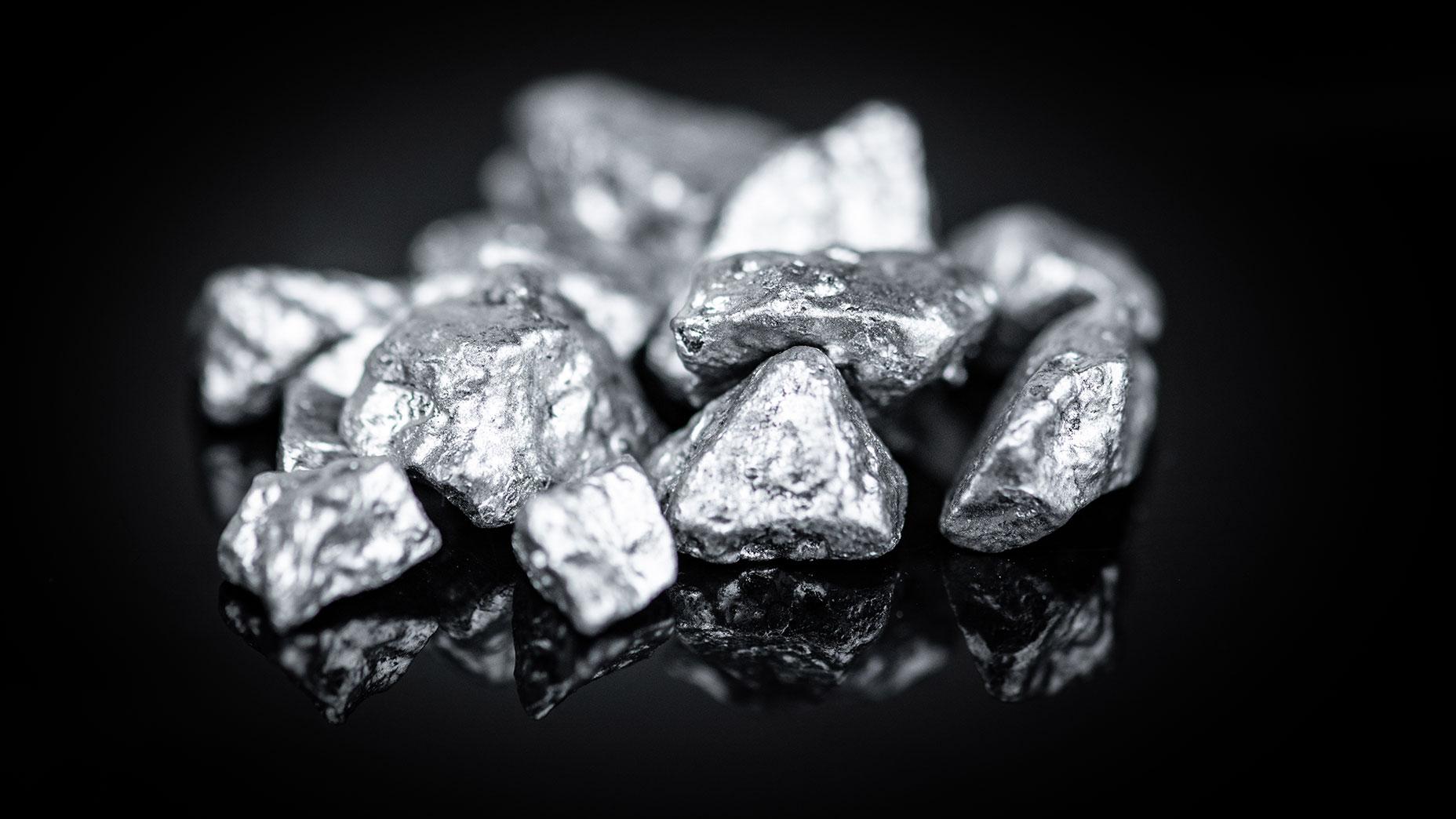



 are complex instruments and come with a high
are complex instruments and come with a high  of losing
of losing  rapidly due to
rapidly due to  . 65.68% of retail investor accounts lose
. 65.68% of retail investor accounts lose  when trading
when trading  with this provider. You should consider whether you understand how CFDs work and whether you can afford to take the high
with this provider. You should consider whether you understand how CFDs work and whether you can afford to take the high